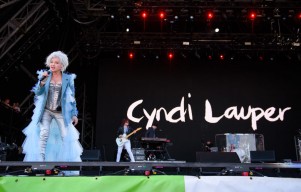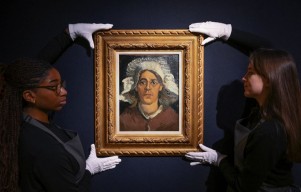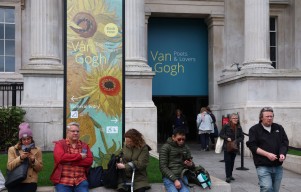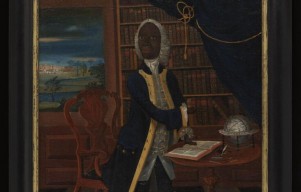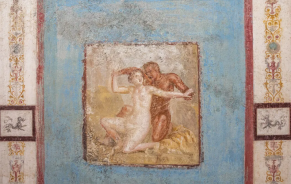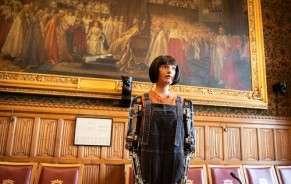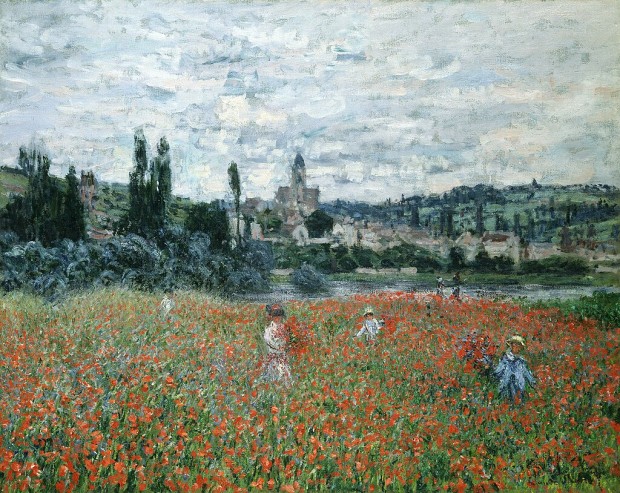
(Photo: Wikipedia / Claude Monet)
An independent report has sharply criticized the E.G. Bührle Foundation's provenance research as "insufficient," alleging that the foundation's findings neglected critical information regarding the former Jewish owners of many artworks. The 165-page report, written by Raphael Gross, president of the German Historical Museum, was delivered in Zurich, where recently some doubts have been expressed over the foundation's opportunities for monitoring its activities.
Investigation Launched Amid Accusations
This was done after Zurich canton and city and the Kunsthaus Zurich's trustees launched an investigation accusing the foundation of cleaning up the past of its art collection. The founder of the foundation, Emil Georg Bührle, negotiated weapons deals with Nazi Germany and benefited from the forced labor of prisoners in concentration camps and several Swiss corporations. Bührle also acquired art looted by Nazi soldiers, making the provenance of the collection particularly controversial.
Gross's team focused on five specific works: Vincent van Gogh's Head of a Peasant Woman (1885), Willem Kalf's Nautilus Cup (ca. 1660), a Paul Cezanne landscape (circa 1879), Paul Gauguin's The Street (1848), and Cézanne's Madame Cézanne with a Fan (1879/1988). The report found that the Jewish collectors behind these pieces were scarcely mentioned, with "crucial milestones" in their histories overlooked. "Without the Jewish collectors, the Bührle Collection would be a different one," Gross stated. "Or to put it another way: without persecution, the Bührle Collection would never have come into being."
The report recommended extensive further provenance research and urged the Kunsthaus to establish a committee of professionals to manage items in the collection that were lost or confiscated due to Nazi persecution. Additionally, the report questioned the propriety of naming the collection after Bührle, suggesting that doing so dignifies his name and obscures the histories of the Jewish owners persecuted by the Nazis.
Controversial Legacy of Emil Georg Bührle
Bührle's controversial legacy is underscored by his sale of anti-aircraft cannons to both the Allies and Nazi Germany during WWII, which made him the richest man in Switzerland. 2012, the Bührle Foundation agreed to loan 205 works to Kunsthaus Zurich. These works were displayed in a new $210 million building extension in 2021, sparking criticism and leading artist Miriam Cahn to pull her works from the museum in protest.
Also Read: Top 10 DIY Home Decor Projects To Personalize Your Living Space
In his report, Gross identified 62 out of the 205 items in the Bührle collection as having belonged to Jewish owners during the Holocaust. The foundation often classified these items as "unproblematic" despite their incomplete provenance records. "Works with particularly incomplete provenance were classified as unproblematic," Gross noted.
Next Steps and Public Statements
A press statement from the city and canton of Zurich and the Zurich Art Society indicated they would comment on the report's conclusions and announce the next steps by mid-July. They thanked Gross and his team for their "comprehensive and very valuable work."
In response to the report, the Bührle Foundation's board indicated that it would review the findings and provide comments promptly. Additionally, the foundation announced on June 14 that it was seeking "fair and just" solutions with the legal successors of the former owners of six works in its collection, five of which were removed from Kunsthaus Zurich on June 20.
The museum's board of trustees reassessed the provenance of these six works following the US State Department's publication of new "Best Practices" for handling Nazi-looted art in March 2024. These guidelines build on the Washington Principles, established in December 1998, which set forth standards for dealing with Holocaust-era assets.
As the city of Zurich and the broader art community await further developments, Gross's report's findings underscore the ongoing need for transparency and accountability in the stewardship of artworks with complex and often painful histories.
Related Article: Top 5 Must-See Paintings of Henri Matisse That Defines Fauvism

